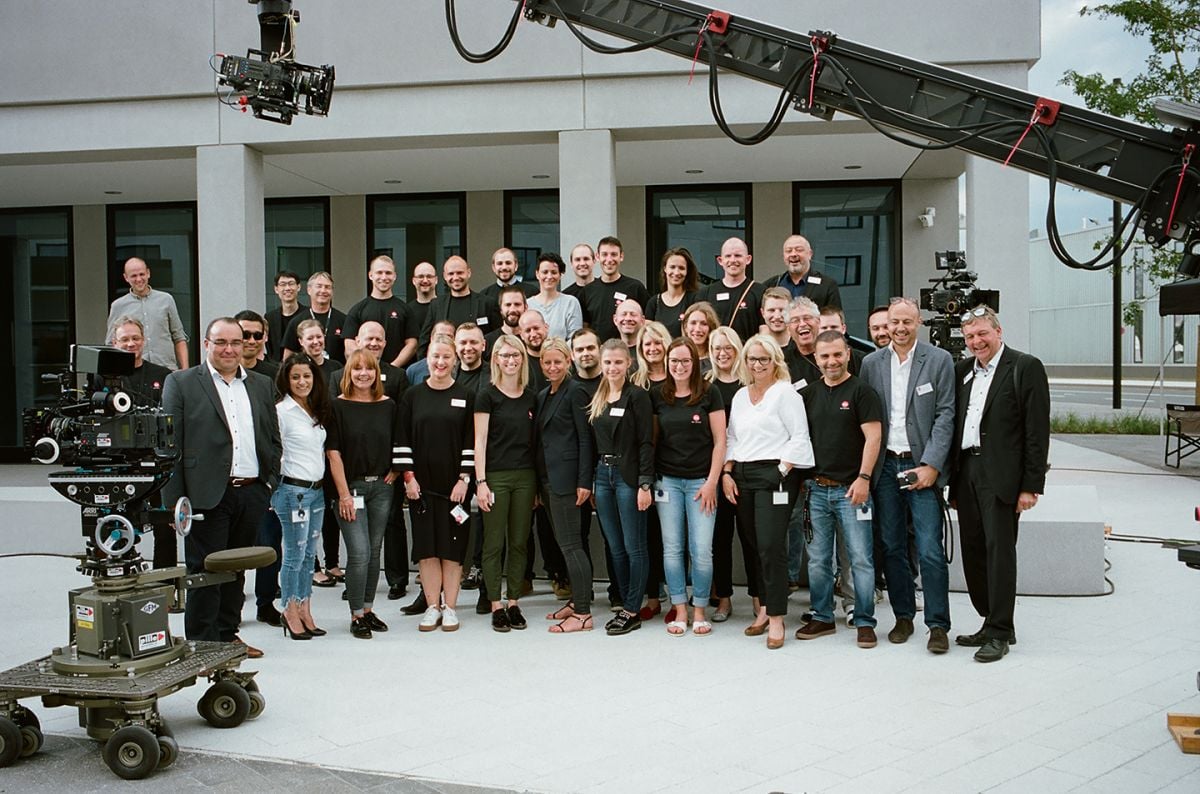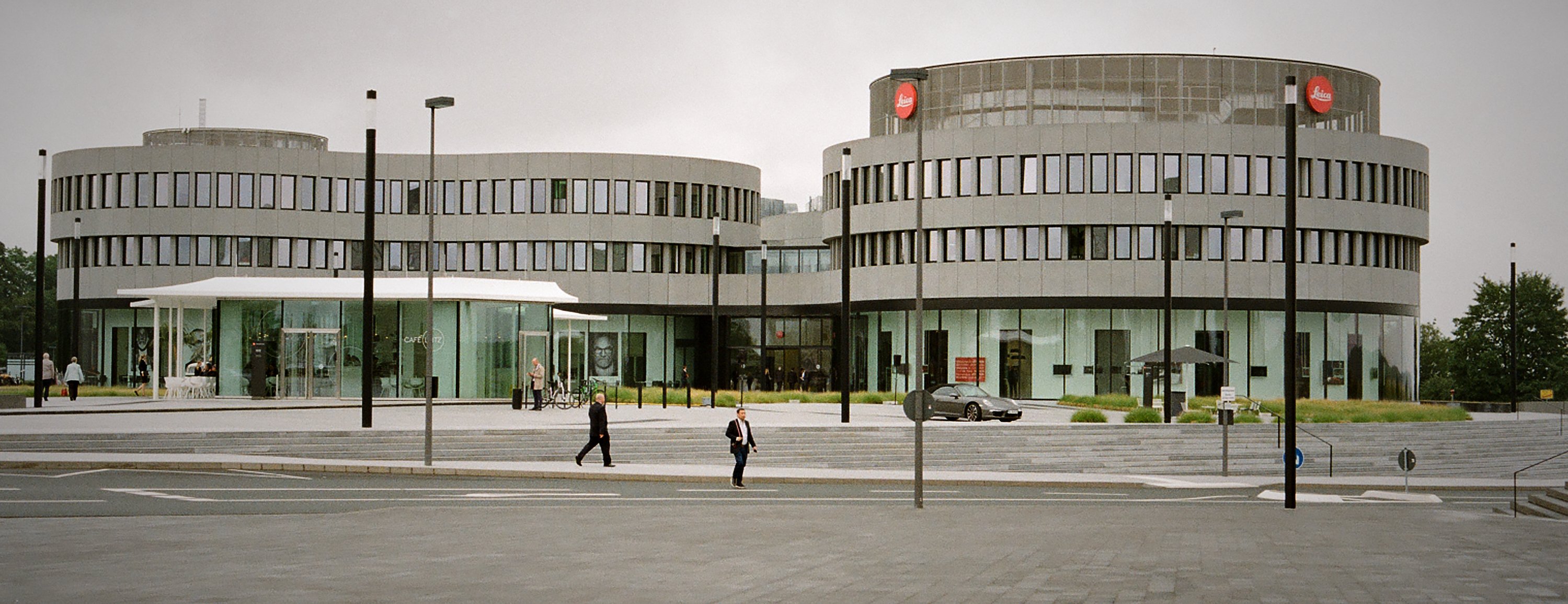
Leica Unveils Ernst Leitz Wetzlar GmbH
The rebranding of Leica’s cinema-lens sister company, formerly CW Sonderoptic, served as the centerpiece of the company’s gala event at its newly completed Leitz-Park complex in Wetzlar, Germany.
The rebranding of Leica’s cinema-lens sister company, formerly CW Sonderoptic, served as the centerpiece of the company’s gala event at its newly completed Leitz-Park complex in Wetzlar, Germany.
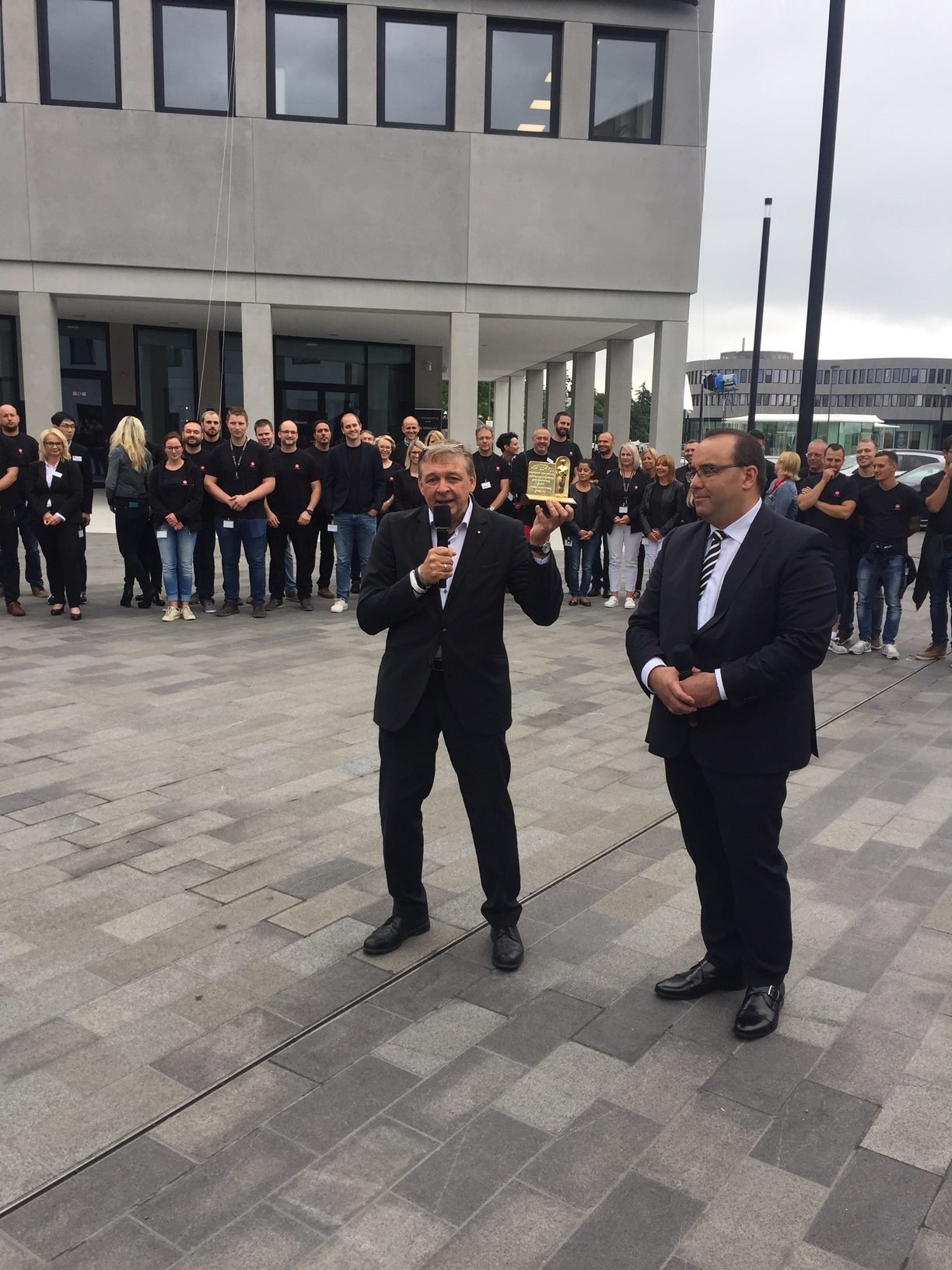
Leica, the venerable German camera company that has earned the loyalty of world-class still photographers and imaging aficionados for more than a century, recently hosted an ambitious celebration at its multifaceted Leitz-Park headquarters in Wetzlar, Germany, using the occasion to announce the rebranding of CW Sonderoptic, its cinema-lens sister company, as Ernst Leitz Wetzlar GmbH (or, as the building’s logo proclaims in shorthand, “Leitz Cine Wetzlar.”).
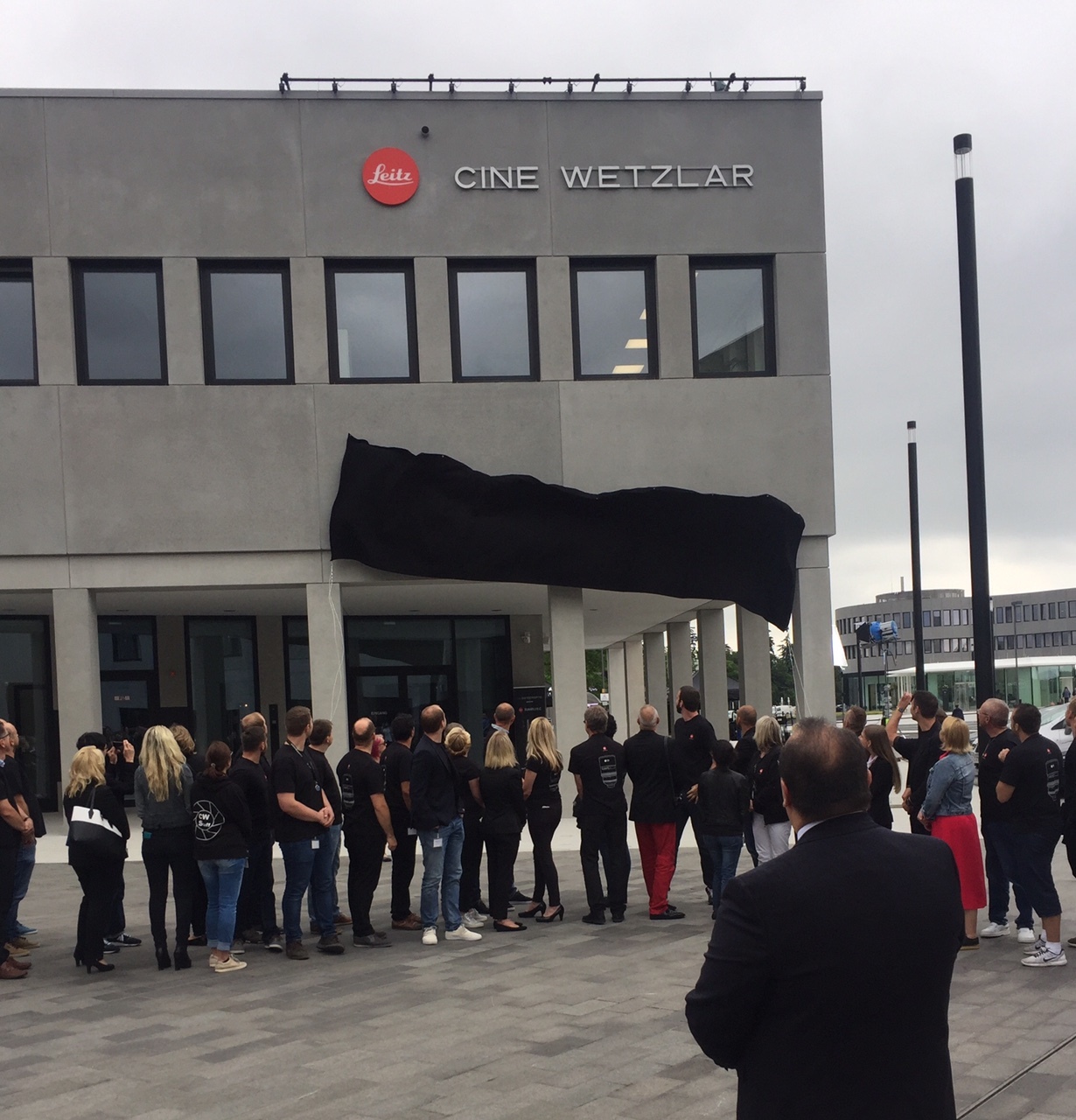
Approximately 1,000 industry guests attended the two-day event in mid-June, including ASC president Kees van Oostrum and Society members Ed Lachman, Guillermo Navarro, Charlie Lieberman, Francis Kenny and Jon Fauer.
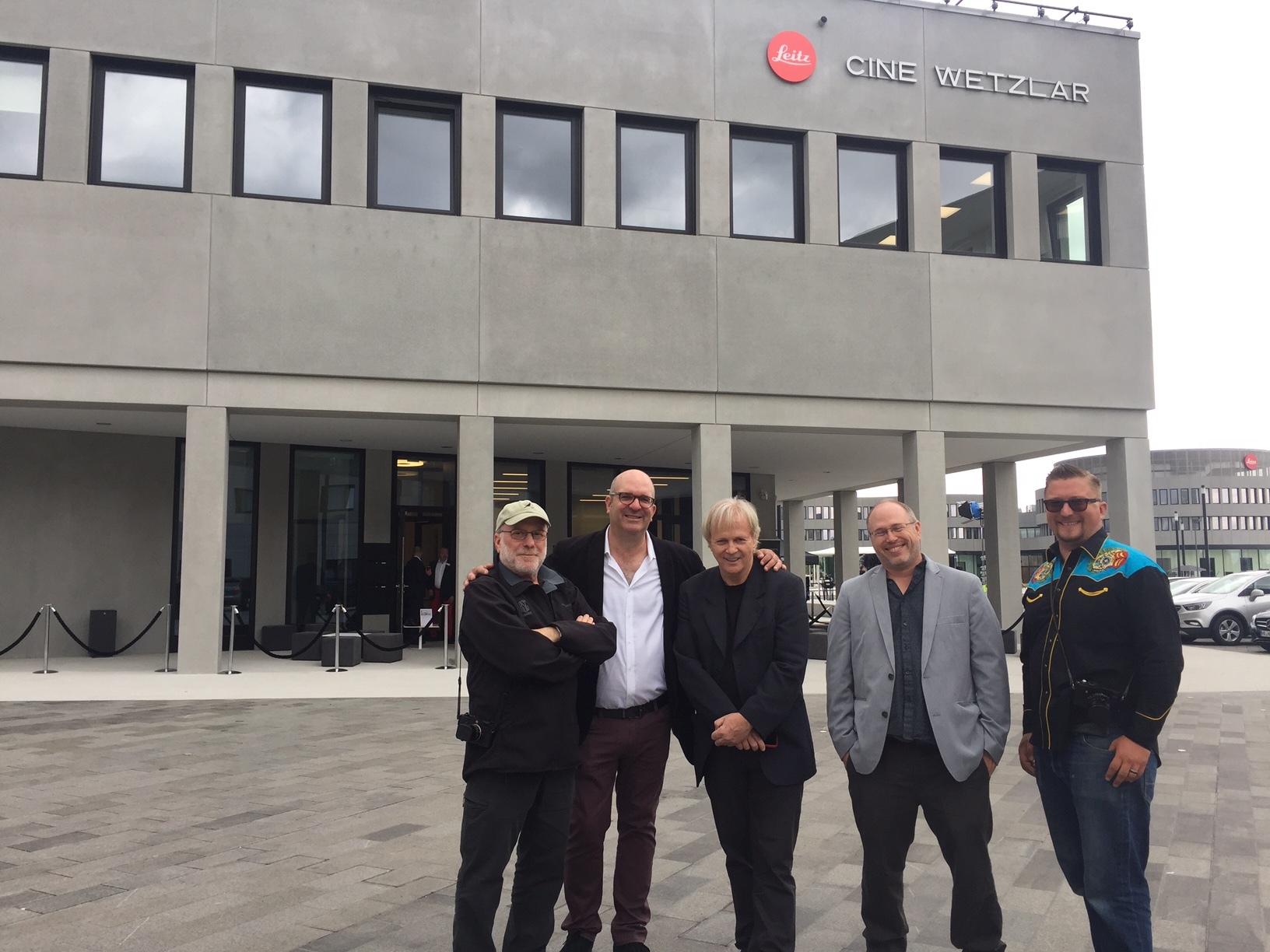
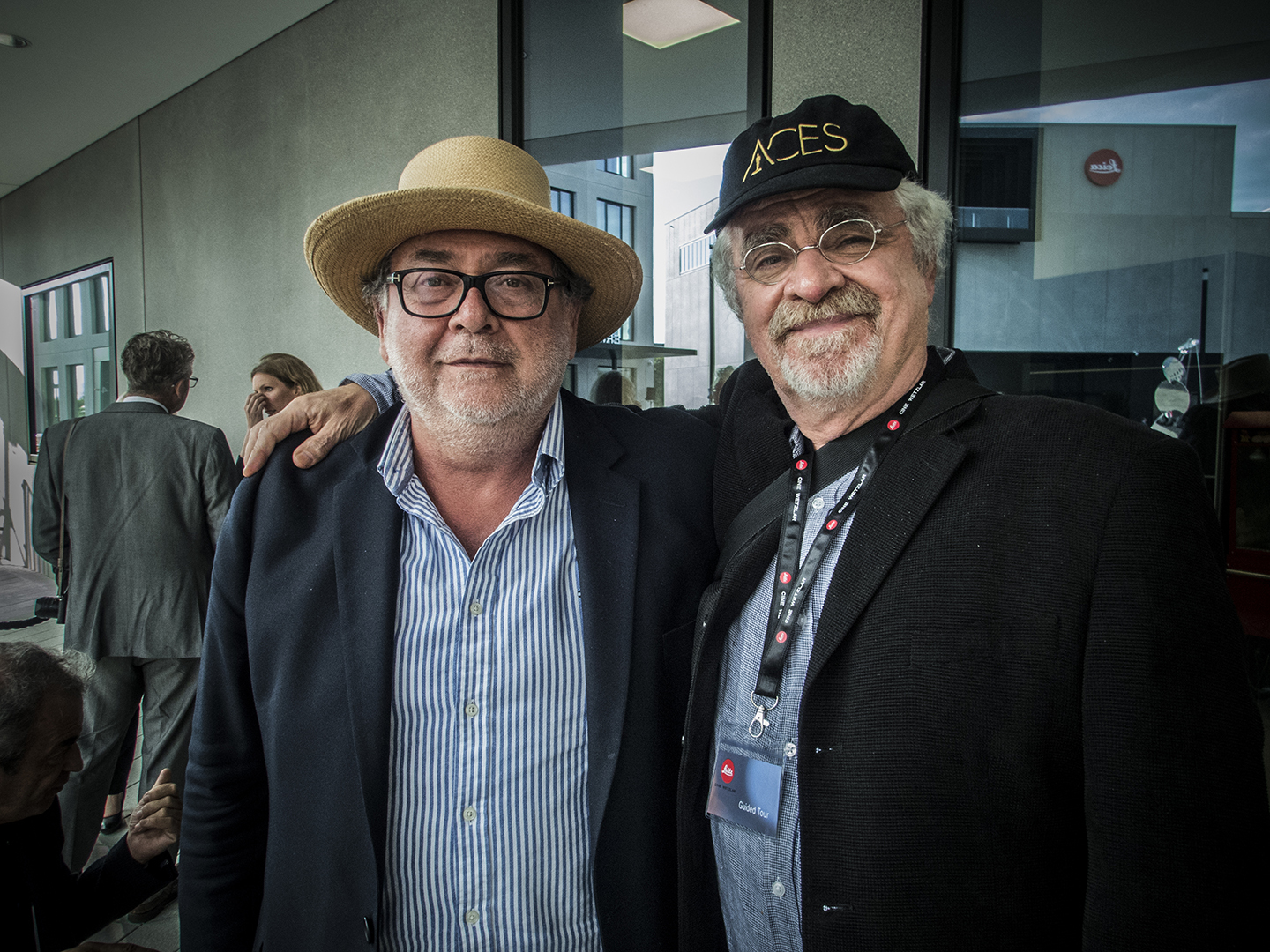
Prominent still photographers and artists on site included Tine Acke, Julie Baier, Ray Barbee, Mathieu Bitton, Bruce Davidson (who was inducted into the Leica Hall of Fame and saluted with a gallery show of his photography), Hans-Michael Koetzle, Robert Mertens, Dominic Nahr, Lars Netopil, Hermann Netz, Oliver Richter, Stefan Rosenboom and Craig Semetko. Many of these guests delivered lectures.
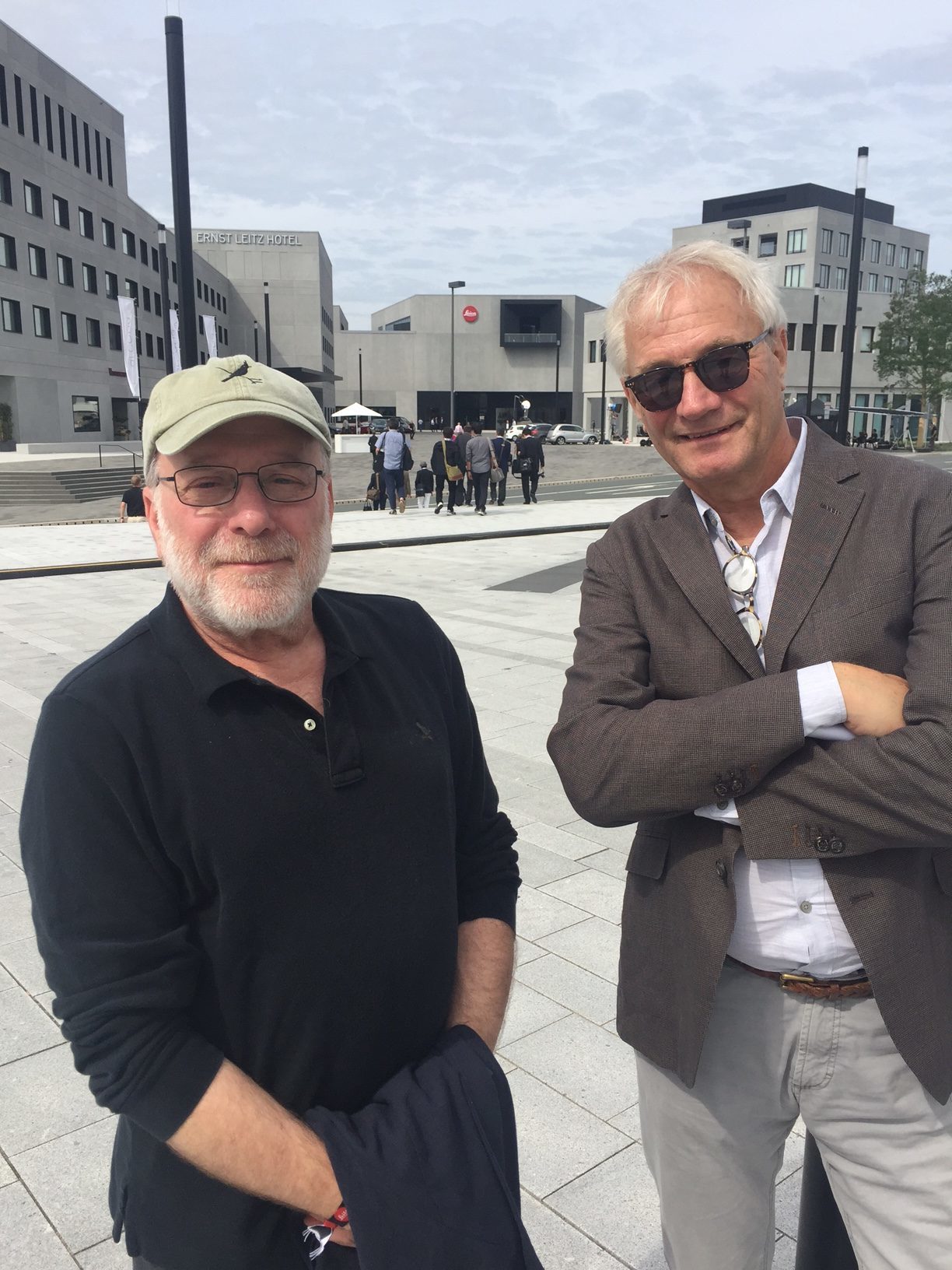
“It was a gathering of highly motivated still photographers and filmmakers in an almost surreal environment of excellence,” van Oostrum enthused in hindsight. “The commitment from Leica to the world of photography and cinematography, embodied by the completion of this complex of manufacturing and exhibition spaces, certainly touched on das Wesentliche— the things that matter!”
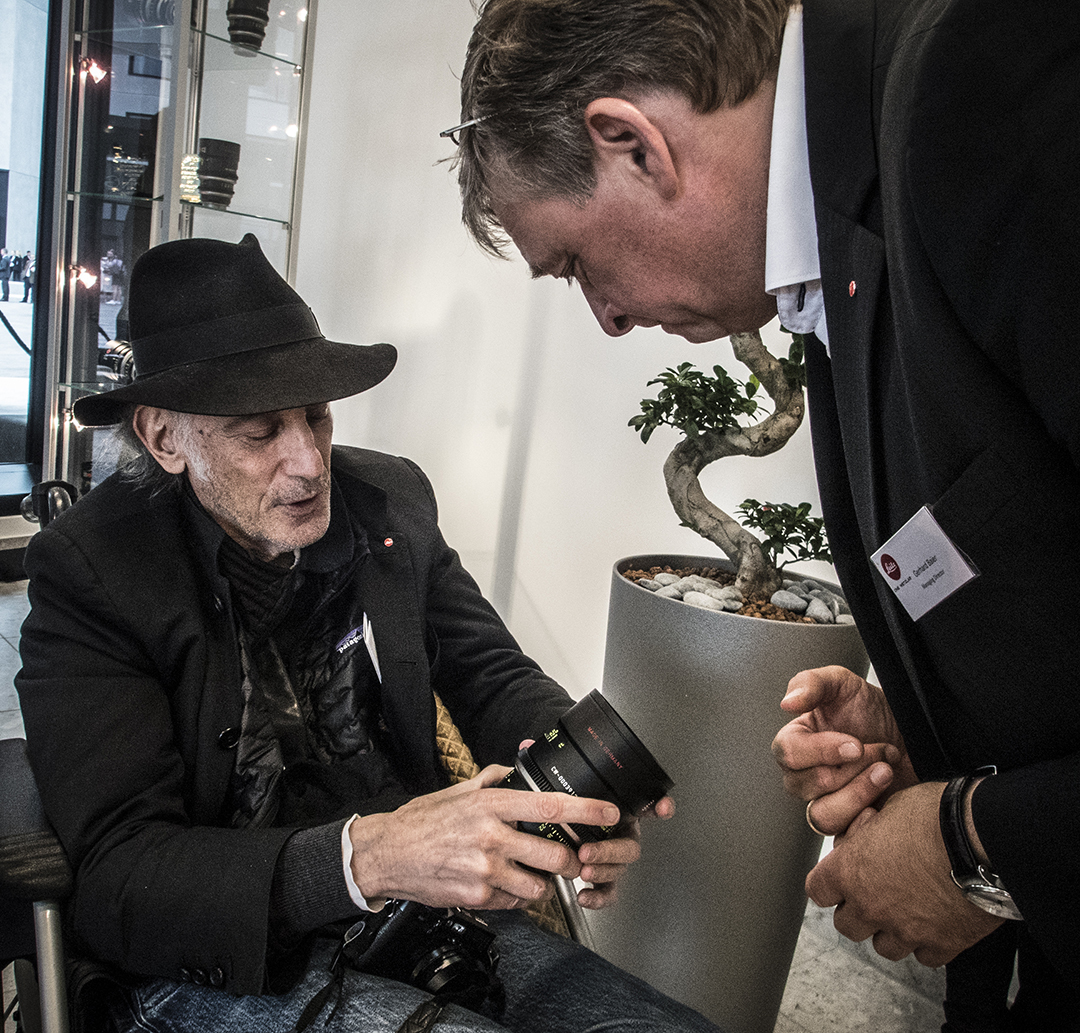
Lachman added, “The event in Wetzlar was like a postgraduate experience on campus at Leica — a great way to exchange information with the company’s optical designers and technical engineers. It was a rare chance to mingle not only with the people who make their cameras and still and cinema lenses, but also with the people who use the equipment — the still photographers and cinematographers.”
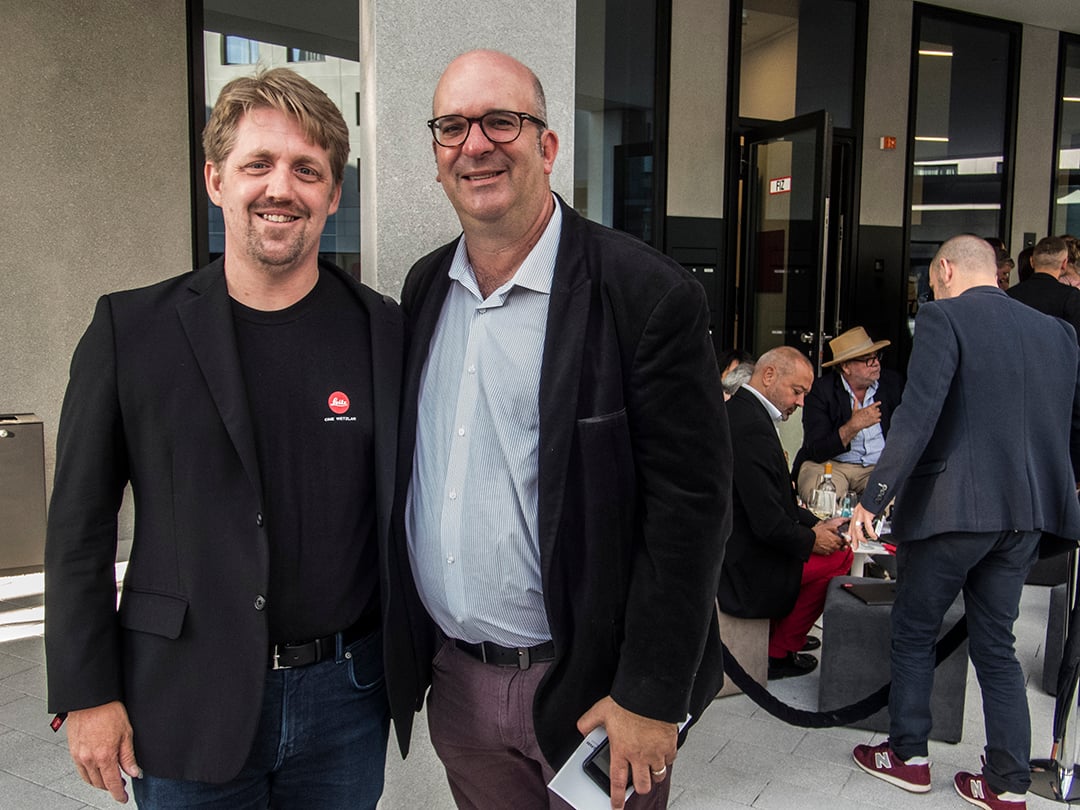
The Leitz-Park complex, which combines round and rectangular forms with structures inspired by the style of the Italian Renaissance, was developed by Frankfurt architects Gruber + Kleine-Kraneburg, working from a concept that Leica describes as “an ultra-modern working environment and visitor experience in which research and development, production and science meet culture, gastronomy and living in harmonious unity.”
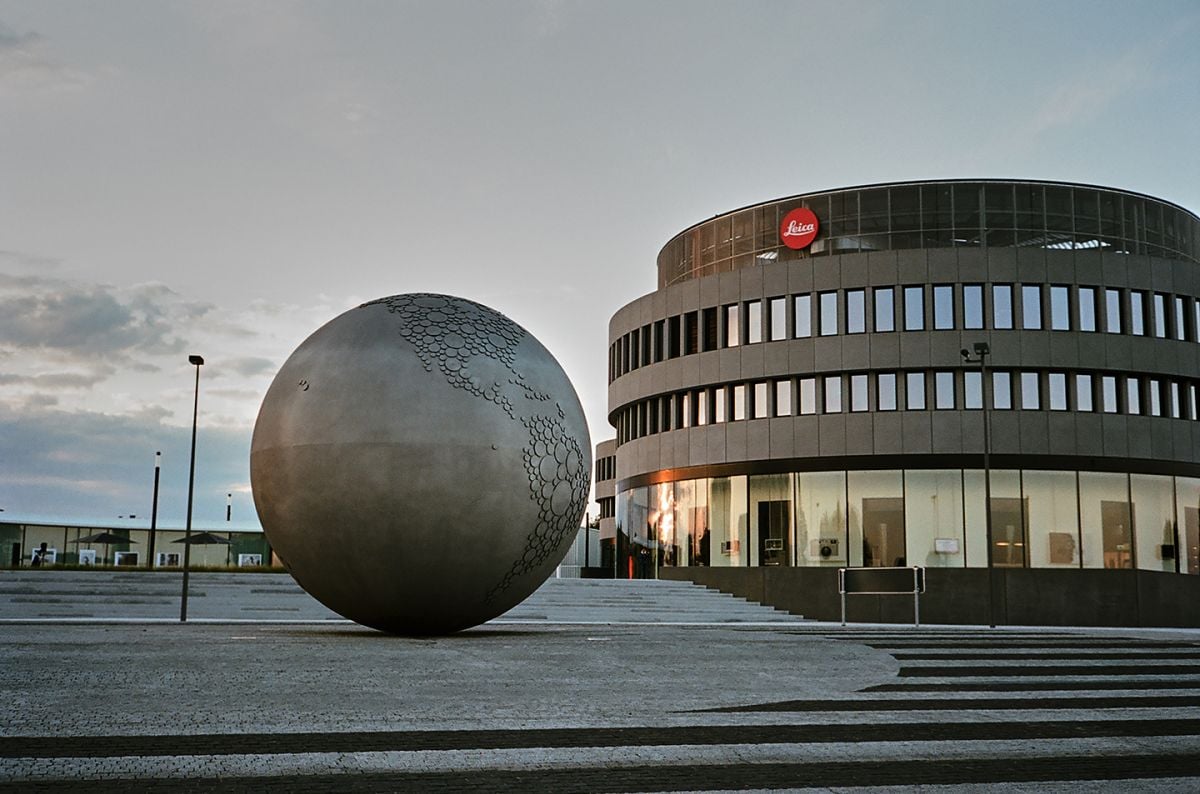
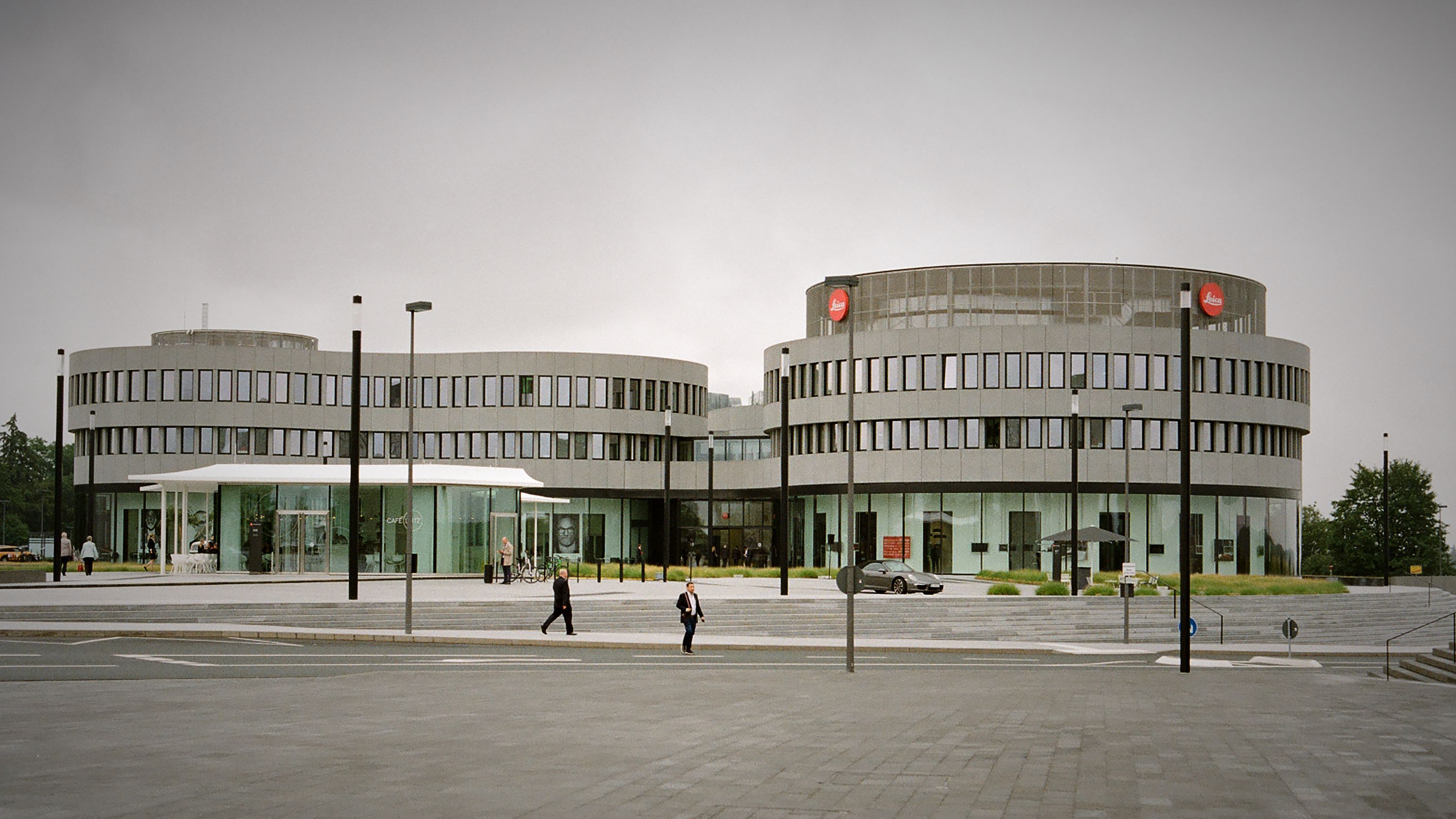
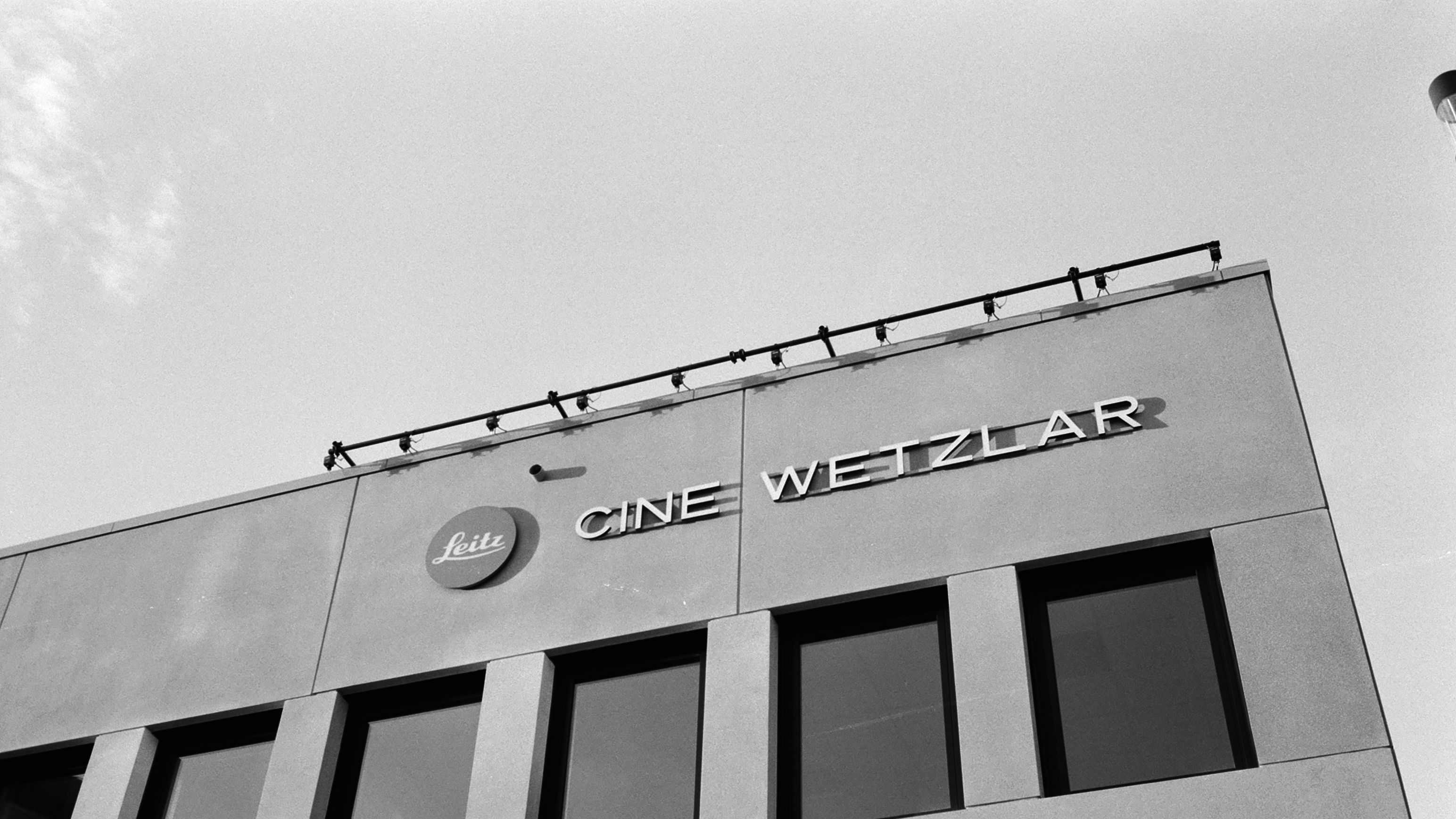
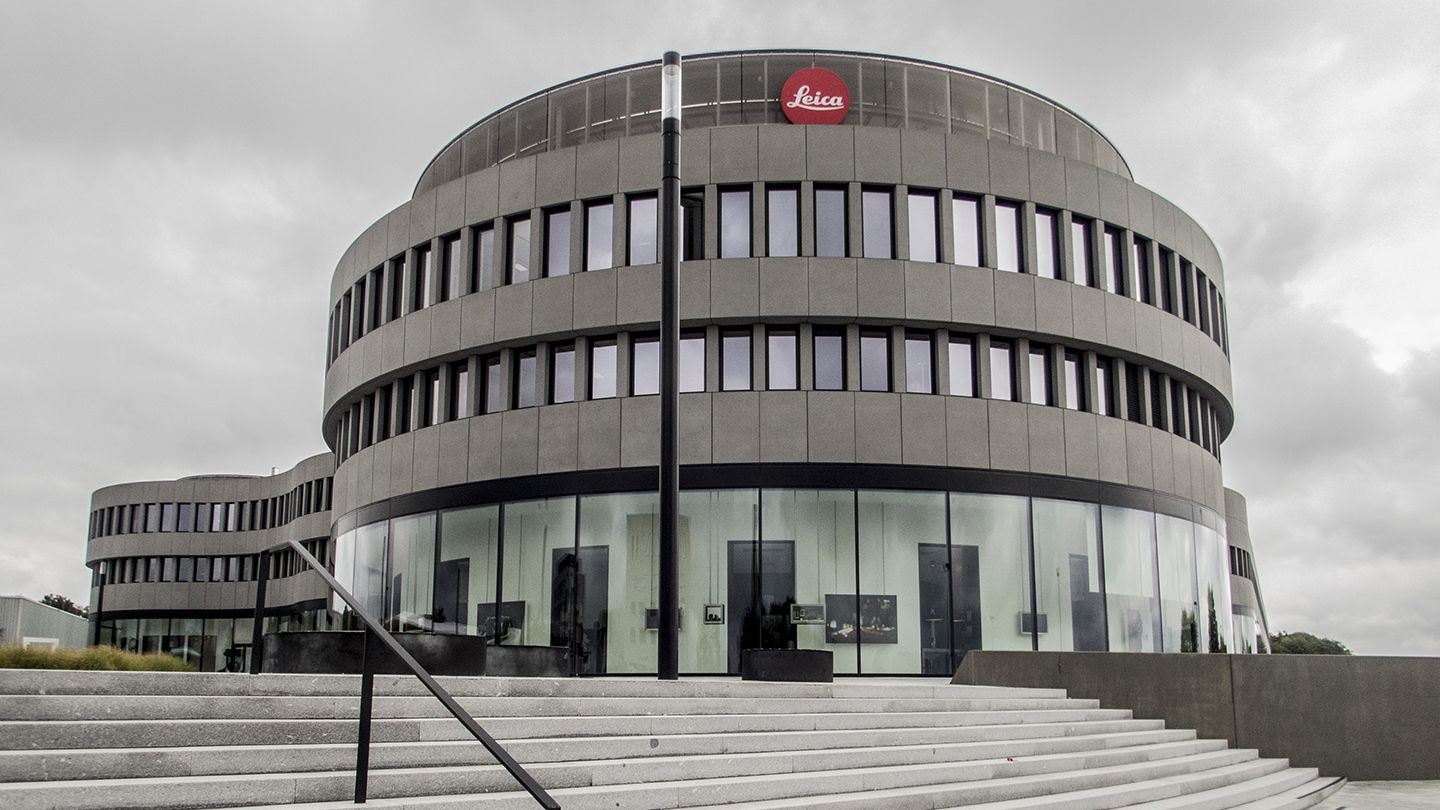
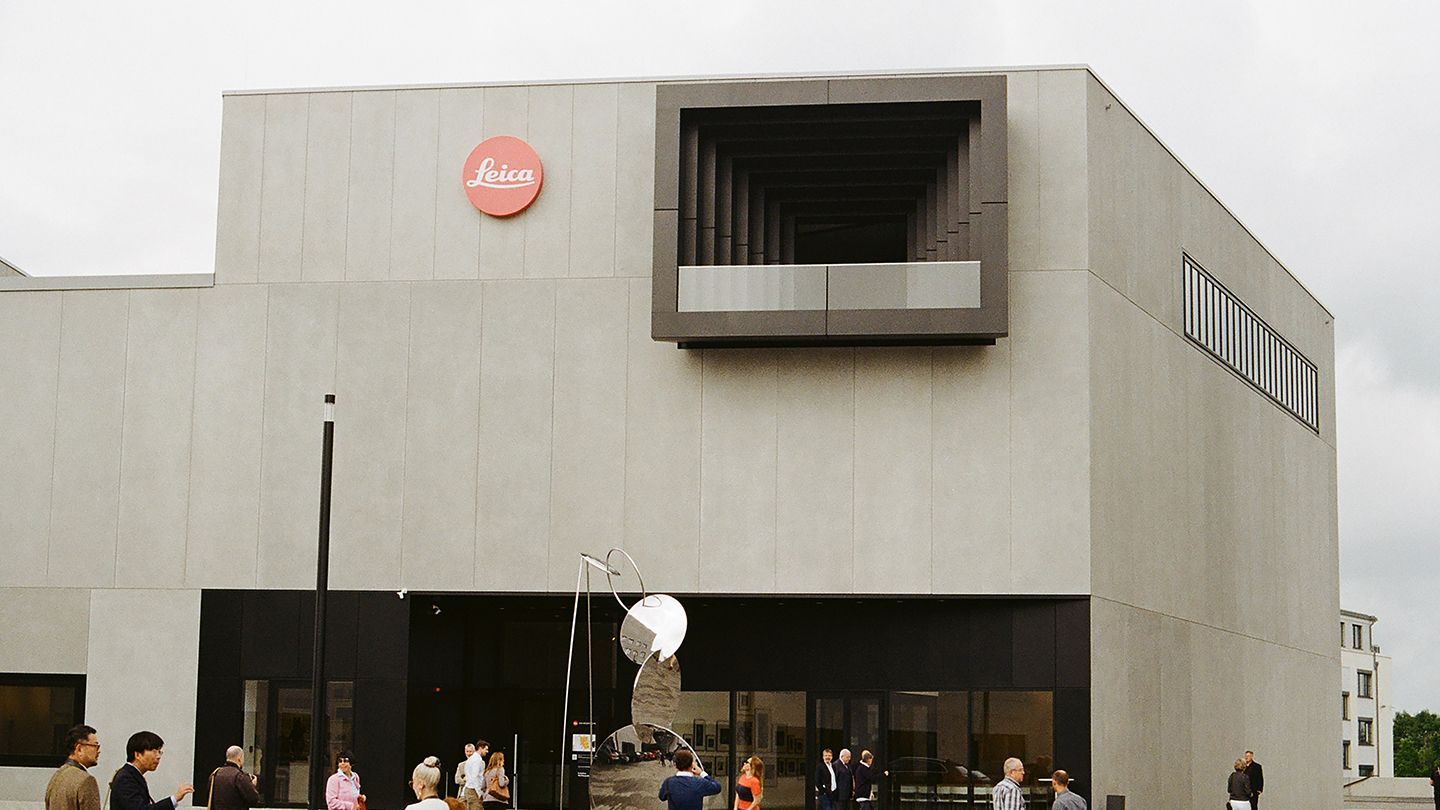
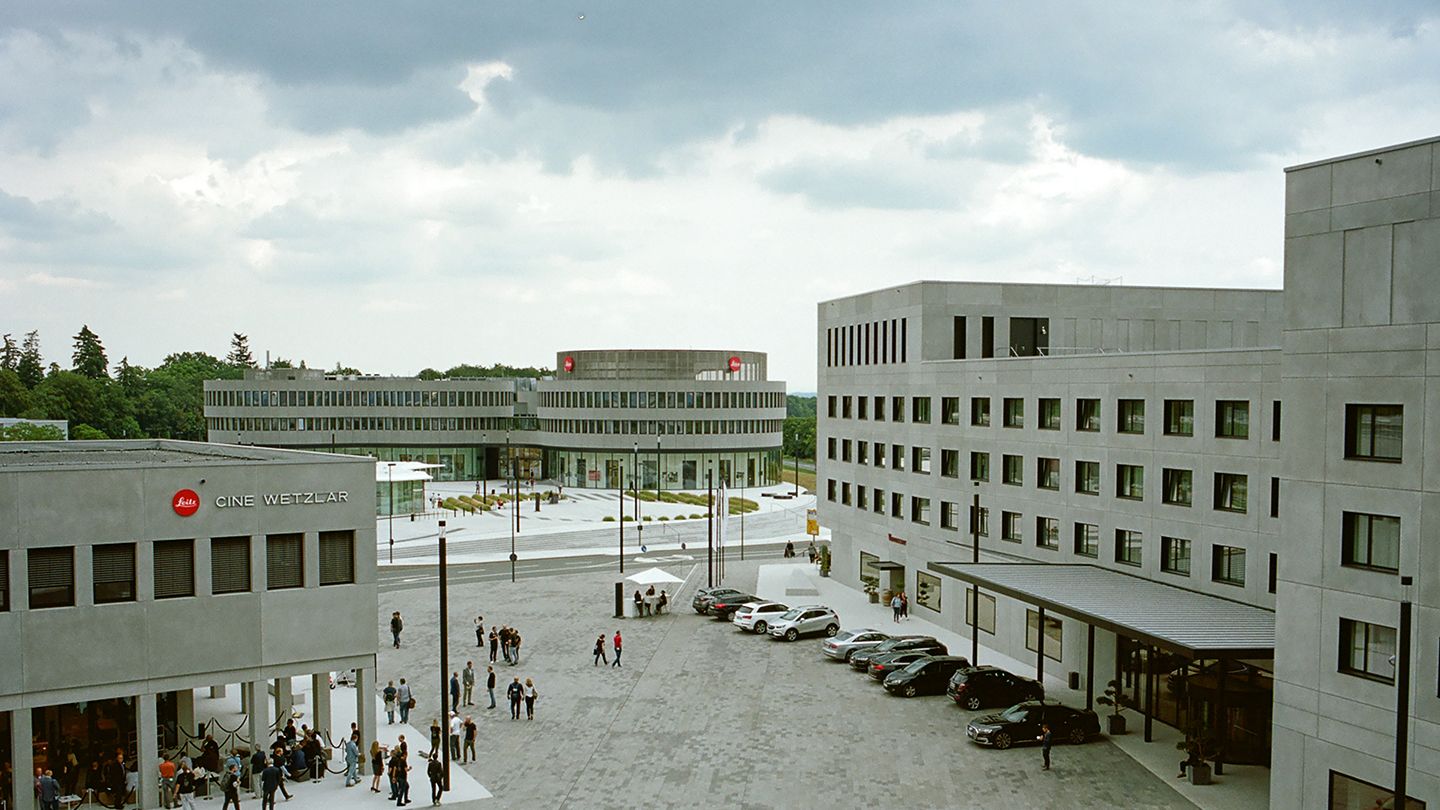
The June celebration began with a ribbon-cutting ceremony for Ernst Leitz Wetzlar GmbH, housed among the ensemble of buildings on the sizable tract of land where the company broke ground in 2016. Appearing alongside a number of political dignitaries were Dr. Andreas Kaufmann, owner of Ernst Leitz Wetzlar and chairman of the Leica Camera AG advisory board; Matthias Harsch, CEO of Leica Camera AG; and Gerhard Baier and Dr. Aurelian Dodoc, co-managing directors of Ernst Leitz Wetzlar GmbH.
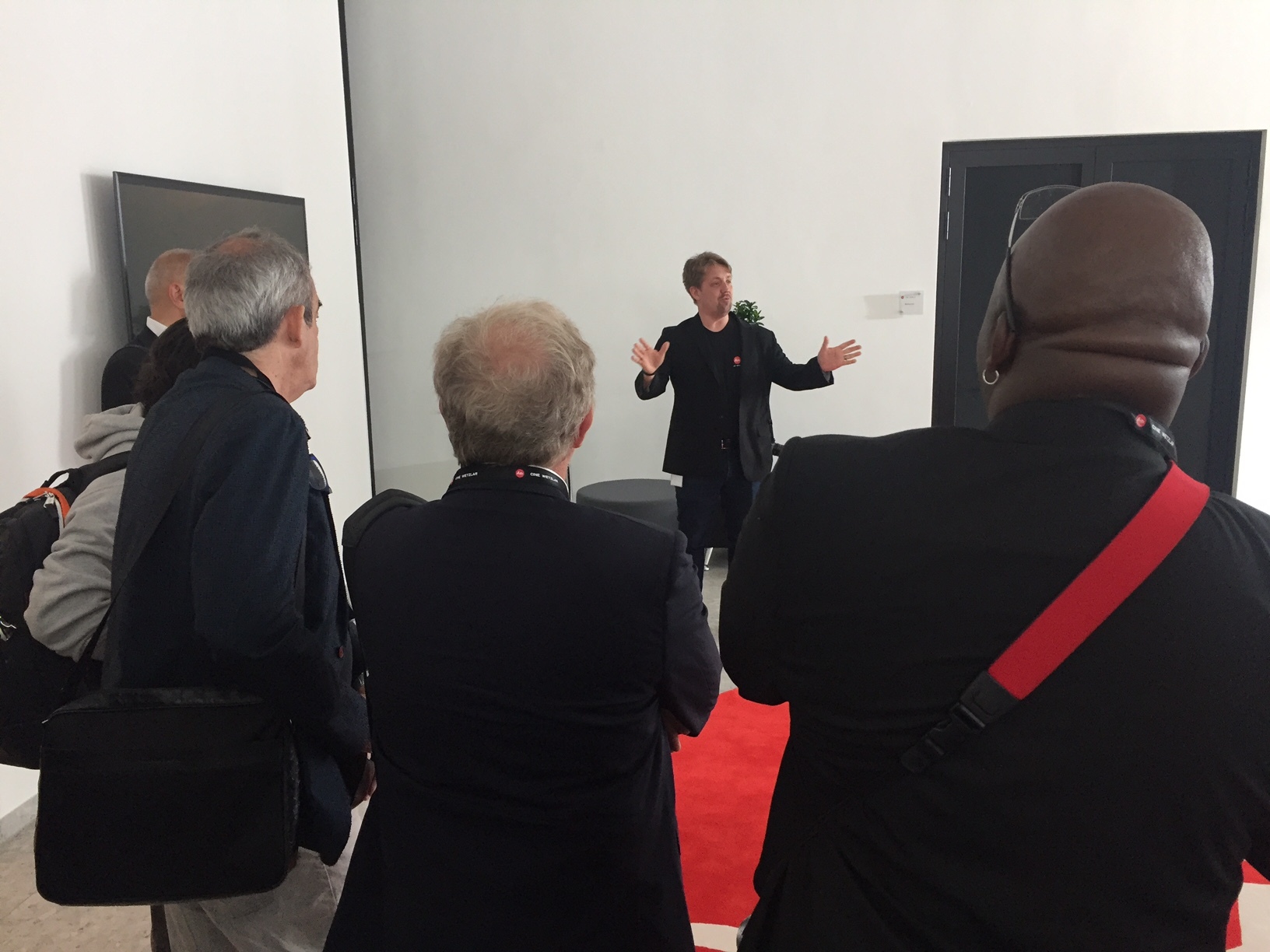
Guests were then invited to tour the Leitz-Park grounds, where they were introduced to an array of facilities and services: the main Leica Camera AG headquarters and production facility, where the company manufactures its still-photography lenses on site; the production facility for Ernst Leitz Wetzlar GmbH, where cinema lenses are manufactured; the Leica Camera AG New Building, which houses a museum, the company archive, a photo studio and the Leica Museum Shop; the recently opened Living Ernst Leitz Hotel, which accommodated VIP guests over the weekend in some of its 129 rooms; and an office tower whose ground floor is occupied by the Ernst Leitz Werksträtten GmbH, where visitors could enjoy a sneak preview of Leica’s new L1 and L2 wristwatches — the first products produced by the newly established workshop division, which will produce, and not merely license, Leica-branded luxury goods.
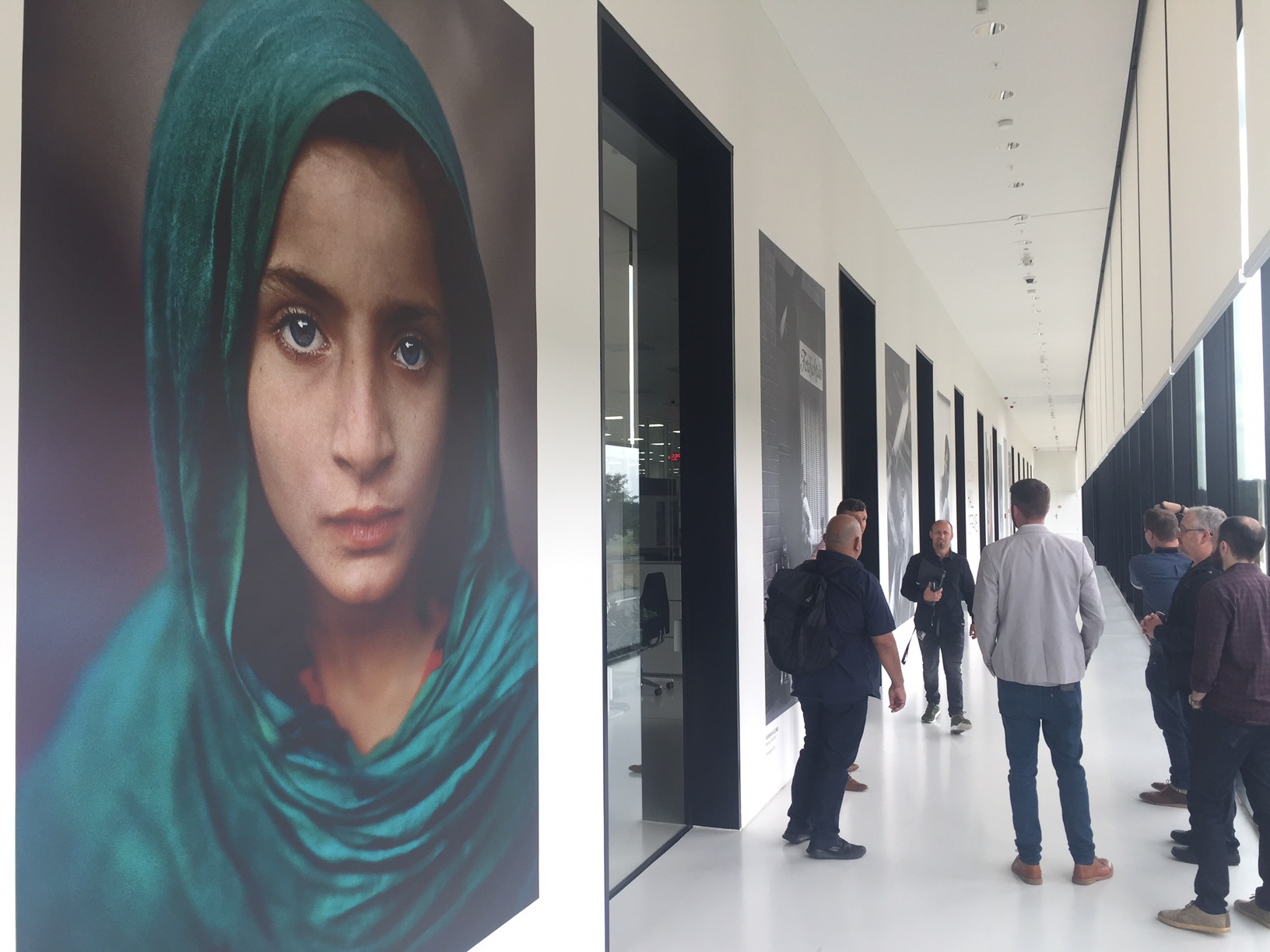
In addition to lectures by artists and prominent Leica executives, activities included guided behind-the-scenes tours of the production facilities; various exhibitions (including “Eyes Wide Open! 100 Years of Leica Photography,” which presented handsome prints of iconic images captured with the company’s cameras and lenses); and hands-on sessions exploring various photography disciplines, including tips on shooting automobiles, food, sports, portraits and more. Food and drinks were served in the Leitz-Park Piazza, a large open area set up with long, picnic-style tables that encouraged conversation; the Leitz Café; and in the Leica Marquee, where the company presented a concert and other entertainment.
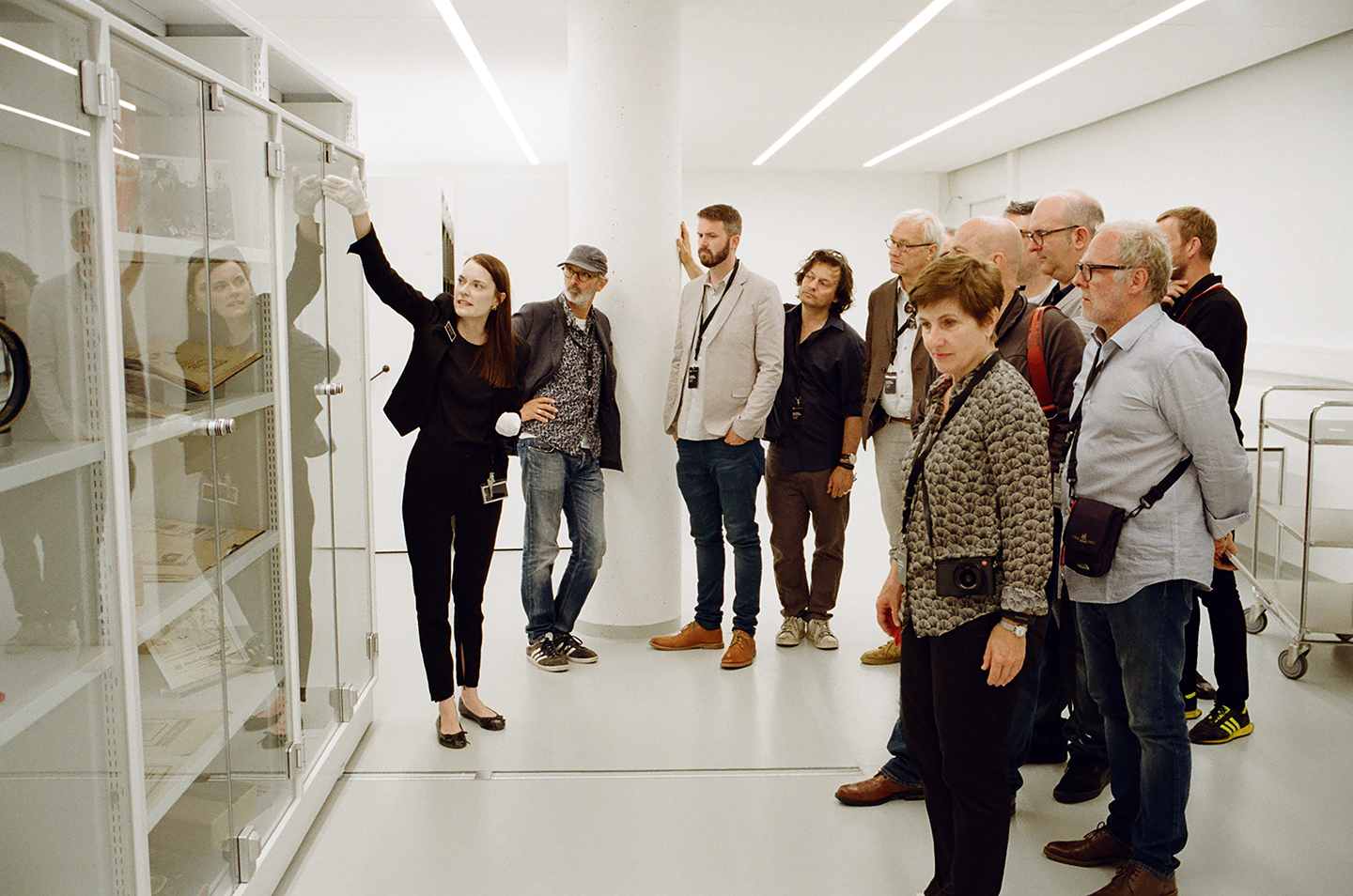
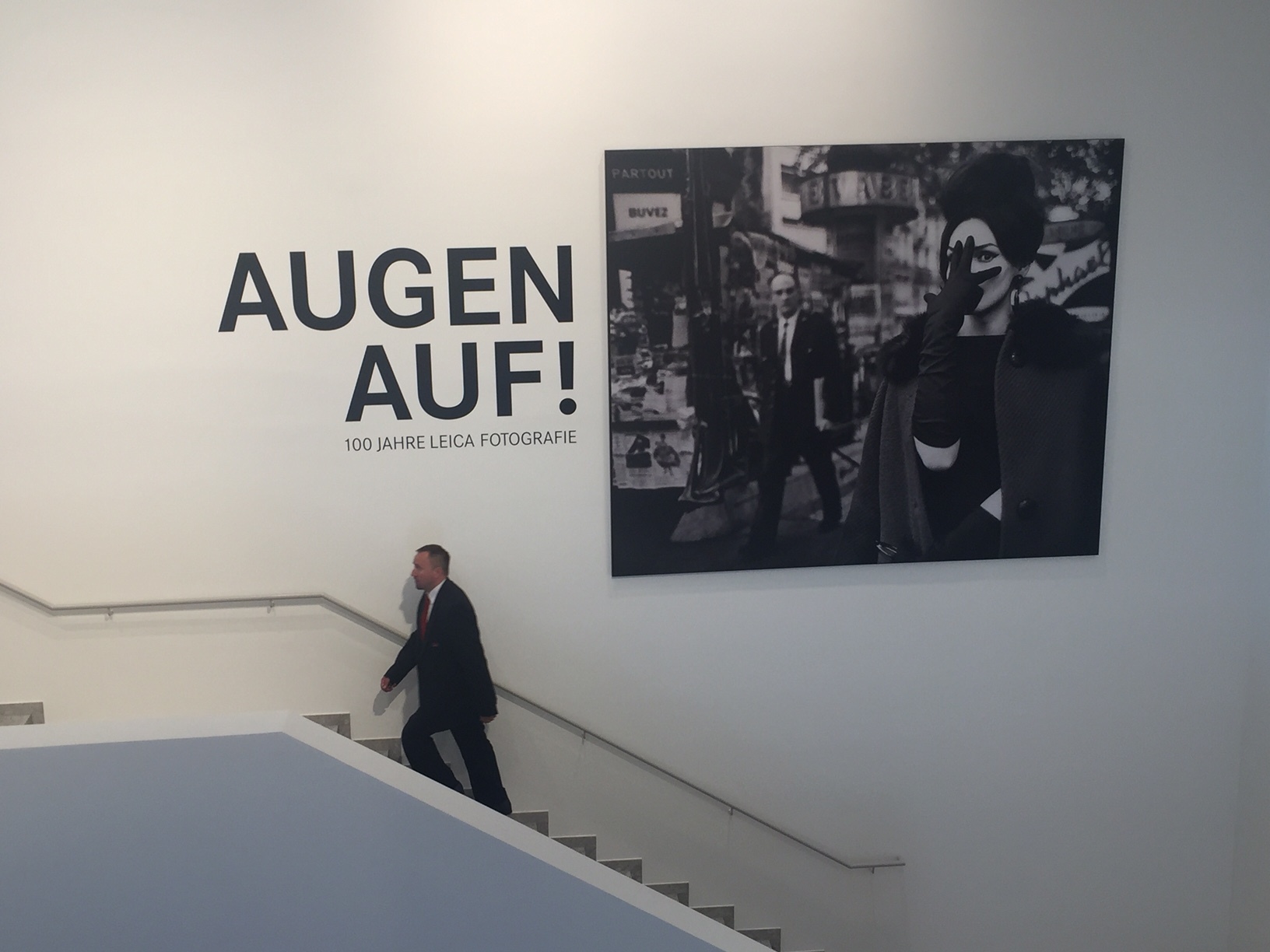
Addressing the rebranding of CW Sonderoptic and Leica’s ongoing foray into cinema lenses, Baier noted, “As the whole [cinema-lens] project started in 2008, when Dr. Kaufmann founded CW Sonderoptic, the original idea was to make these lenses at Leica. But we soon realized that it would be a real challenge, based on the factory we had. We didn’t have [the cine-lens] experience [in terms of] how to do it, the machines that were needed, the tooling, [and the] time required to process the individual parts. It soon became pretty clear that it could not be done at the Leica factory, as we’d originally thought.
“Making cine lenses involves a different workflow and different challenges than making still-photography lenses. What’s important in still photography is not as important for cine, and vice versa.”
“So Dr. Kaufmann said, ‘Okay, I’m not sure where this project is going, but it’s a very special project.’ The German word for special is sonder, and it’s a project that has to do with lenses and optics. It was a project for cine, and it was going to happen in Wetzlar, so CW Sonderoptic was born — Cine Wetzlar Sonderoptic. The idea was to keep the project separate, and to see which people were capable of doing it; we had a lot of Leica employees who were willing to take on a new challenge — not only in terms of lens design and mechanical design, but in manufacturing as well. [They would be applying] experience that Leica had established for at least 100 years, and aspects of the workflows that had been established there: how to treat the material, how to treat the glass, centering and painting the glass, and so forth.
“Of course, making cine lenses involves a different workflow and different challenges than making still-photography lenses,” he added. “What’s important in still photography is not as important for cine, and vice versa. In that moment when you capture something [for a motion picture], everything is moving — the camera is moving, everything in front of it is moving, and you have to keep everything in sync. So you have entirely different technical demands that you need to fulfill, because the capturing process is totally different.”
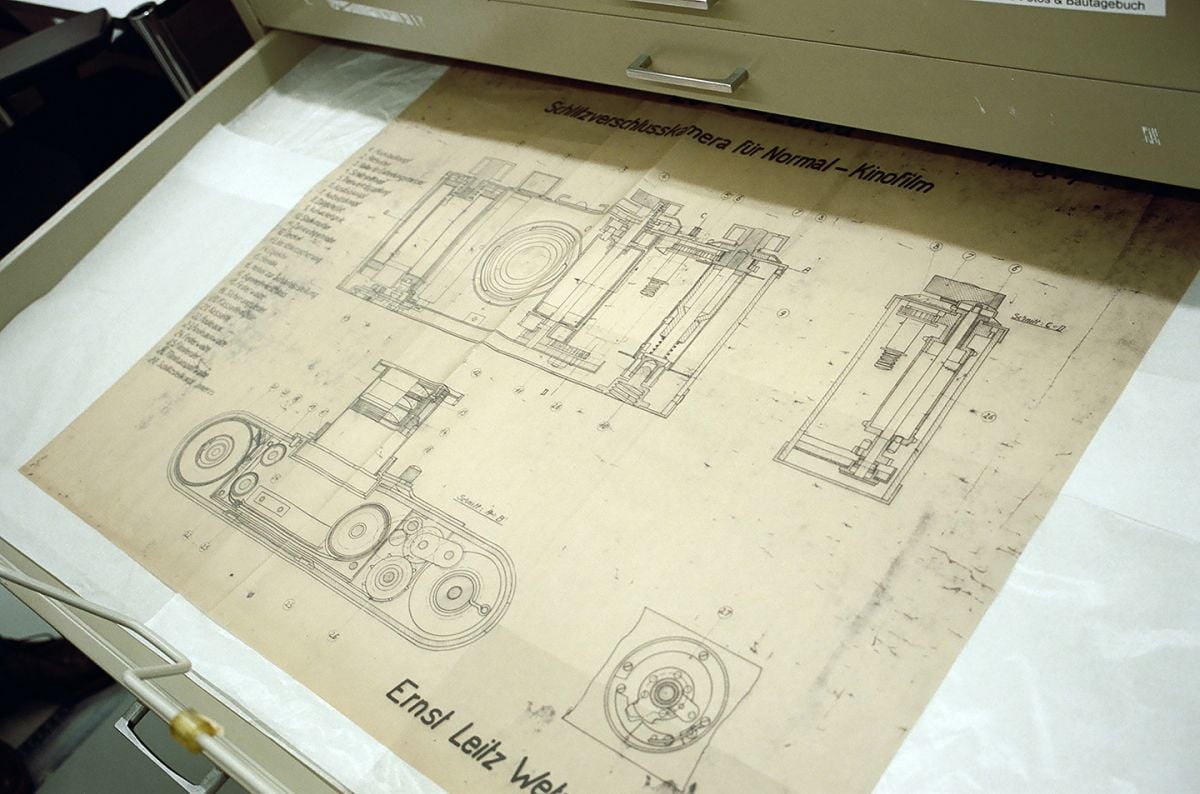
Baier noted that Leica already had some employees who were familiar with the design and manufacturing challenges of cinema lenses, and that these people provided a starting point for CW Sonderoptic. “They had the knowledge of what a premium cine lens should look like,” he said, adding that “we tried to combine that experience with what cinematographers are looking for: skin tones, blacks, highlights.”
However, in terms of initial lens specifications, design concepts and construction, CW Sonderoptic primarily sought the knowledge and assistance of outside experts. “We spoke with rental houses,” he said. “Otto Nemenz was a big mentor for our project. These are people you need. Then you combine [what you learn] with lens designers like Iain Neil and André de Winter, who understand what the other party is talking about: ‘Ah, okay, this is what you need. This is what you want. How can we do this on the drawing?’ Once the drawing is done, you have to find people who can really make [a lens]. You look for somebody that has a lot of experience in organizing such a process — who knows the materials, who knows the processes, the anodizing, the polishing of lenses and which tools you need. This is a step-by-step process. So [in terms of the project’s conception,] idea-wise, design-wise and construction-wise, we started with people from the outside, and then we passed this knowledge along to the [Leica] people who were willing to take on the challenge. And then it grew.”
Since those early days, the roster of cinema lenses — which include the Summicron-C, Summilux-C and large-format Thalia lines — have brought additional luster to Leica’s international reputation. The development team behind the Summilux-C lenses — used on the 2014 feature Birdman, which earned Emmanuel Lubezki, ASC, AMC the second of his three consecutive Academy Awards for Best Cinematography — were honored with an Academy Scientific and Engineering Award presented to Neil (for the optical design) and de Winter (for the mechanical design).
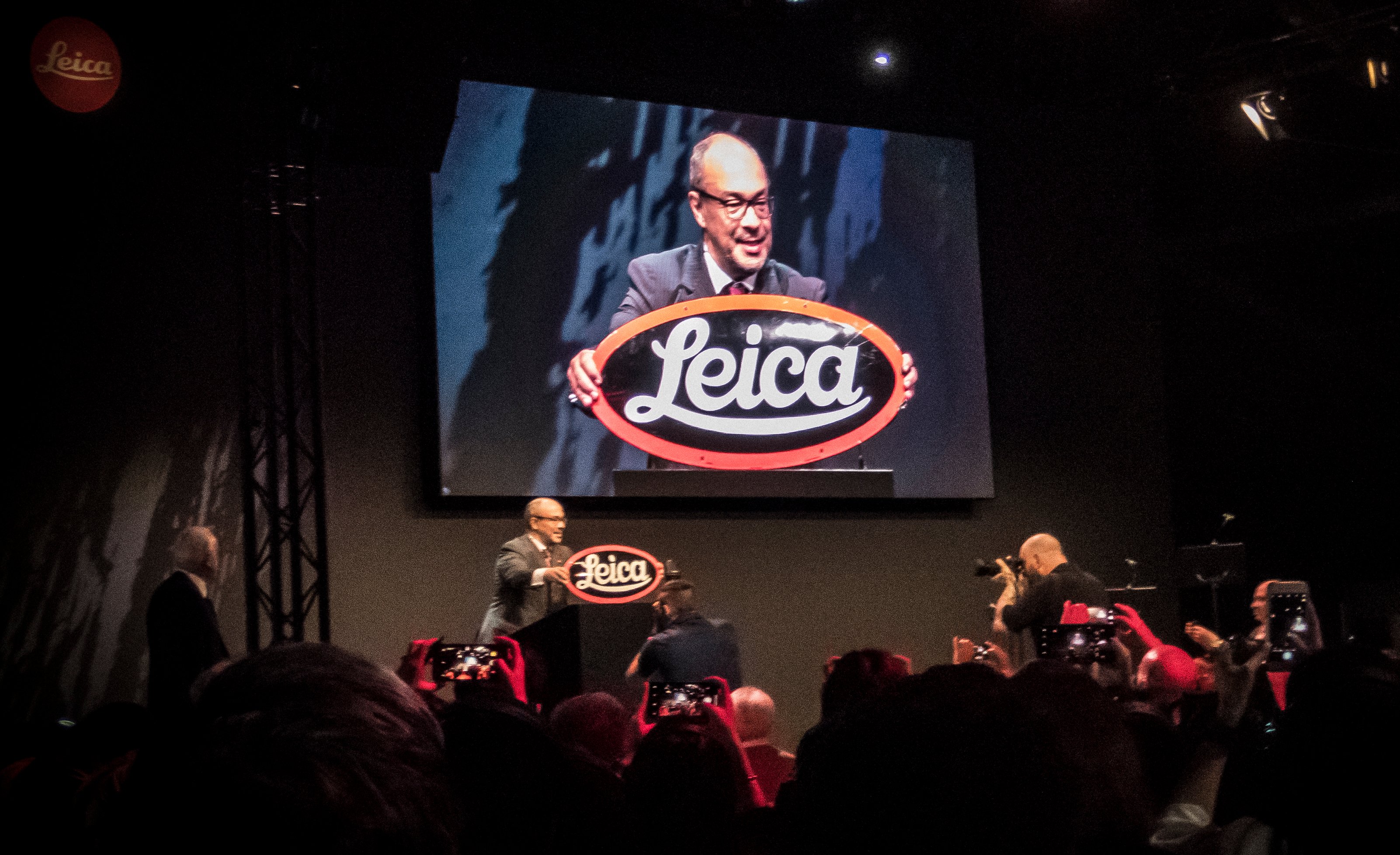
Reflecting on the evolution of CW Sonderoptic, its rebranding as Ernst Leitz Wetzlar GmbH, and the Leitz-Park celebration, Baier enthused, “These are great people working here. It has always been a kind of family structure at Leica. Now, with the company growing on the campus we have here, it’s a real [embodiment] of the family structure; you have a center, and you have buildings around it. The spirit that was here for the past two days, and the people who were visiting — it’s been really great.”
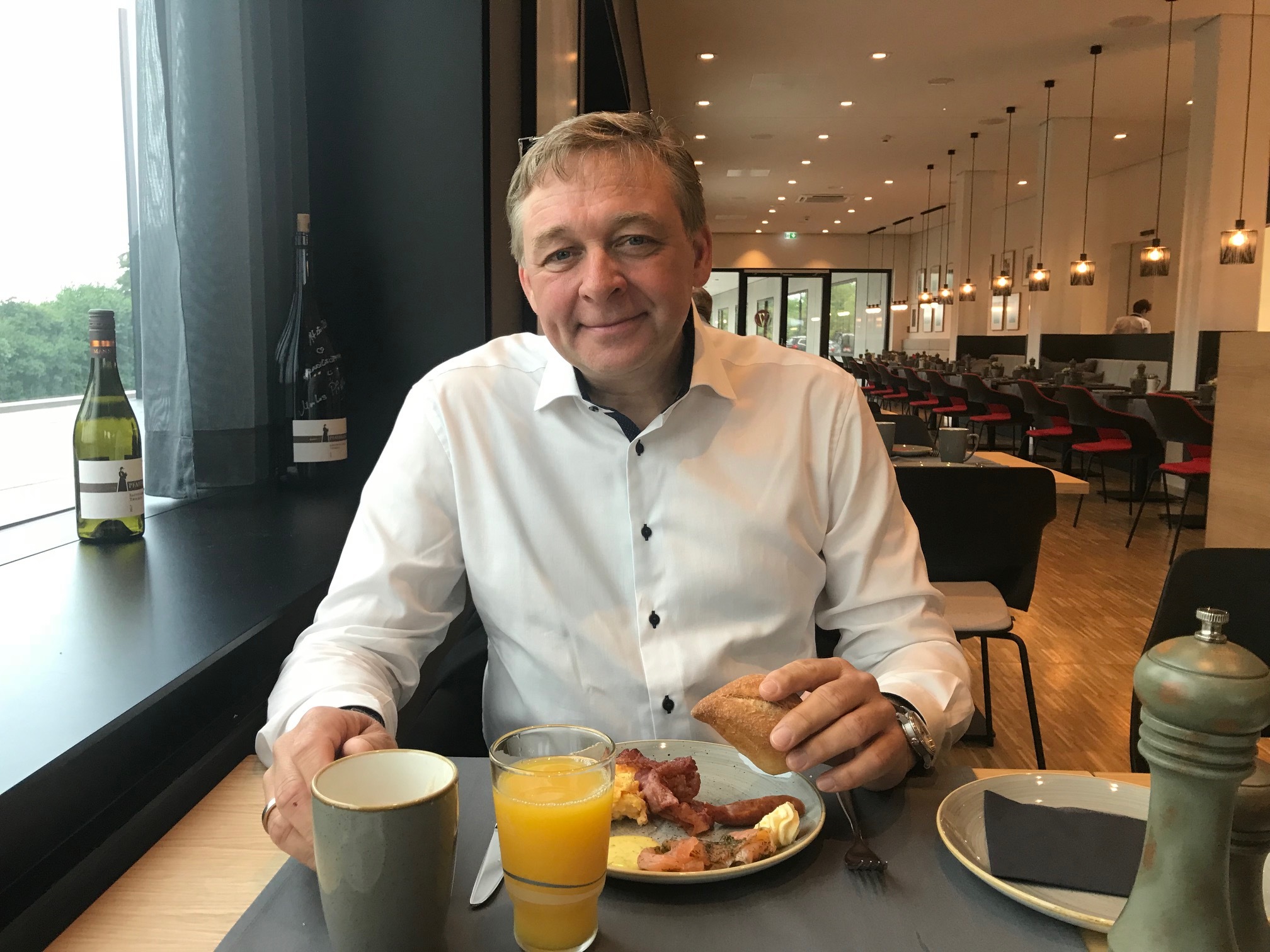
ASC member Charlie Lieberman — a Leica user since 1973, when he acquired one of the company’s 35mm still cameras — offered his own thoughts on the company’s culture after attending the Leitz-Park event: “My impression of the Leica staff, from executives down to the assembly line, is that they are just a spectacular group of people. They are very sweet-natured, they all love being in the business they’re in, and they all adore the products they are working on. It’s more than just a business relationship for them. They are passionate about their products.”
Lieberman added, “Leica employees also have an incredible sense of tradition, and a lot of time was spent [at the Leitz-Park event] reminding the guests of [Leica founder] Ernst Leitz; [his successor], Ernst Leitz Jr.; and [original company engineer] Oskar Barnack, all of whom handed down a tradition of quality. The quality idea was set in stone back in the 1800s, and since 2004, Dr. Andreas Kaufmann has carried on with that tradition, bringing the company into the digital age.”
